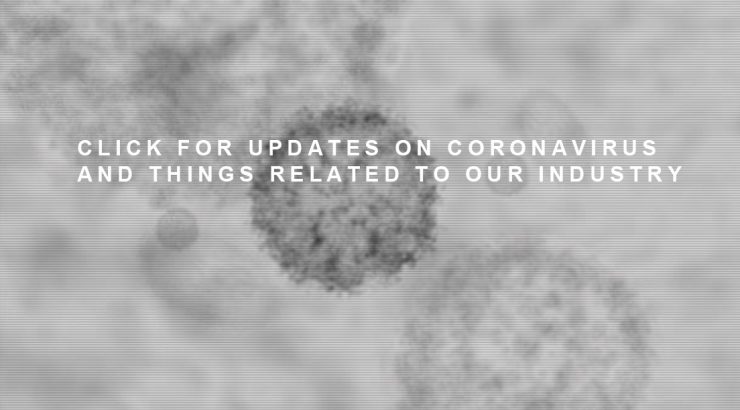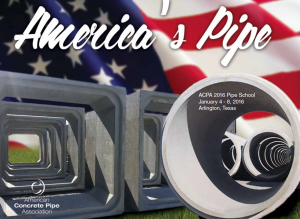(ENR.com) – The deteriorating state of our aging infrastructure has become a pressing concern at all levels of government, but one part we don’t hear much about is underground storm piping culverts and sewer systems. The owners of such systems have long recognized that the only way to adequately ensure a product’s service life is to confirm that it
has been both designed and installed correctly. Most operators now also recognize that some type of post-installation quality assurance is essential to confirm that the pipe system was not damaged during construction in a way that could result in inadequate structural capacity, excessive maintenance or other unanticipated failure mechanisms. This common-sense approach to quality assurance should become standard operating procedure with departments of transportation, but this is not done uniformly.
Of course, inspection of underground piping systems is not a new concept. Over the past several decades, the sanitary-sewer community has steadily improved the various inspection techniques for these systems. Remote visual examinations with camera and video equipment have become commonplace over the last 20 years. Inspection tools that can confirm shape control of flexible pipe systems also were developed as those products entered the sanitary sewer systems.
More recently, laser profiling and laser micrometer measuring devices have become more commonly specified, and an increasing number of contractors are now equipped to perform this work as an enhancement to traditional video inspection. Laser profilers are stand-alone tools used in conjunction with closed-circuit television video (CCTV) survey systems to collect survey data and create pipeline reports. This innovative technology measures faults and features inside the pipeline, including pipe size, water levels, deformation and hydraulic capacity. The laser micrometers are usually a part of the camera apparatus and can be used to measure cracks, joint gap and other conditions that might be found along the inside wall of the pipe.
Digital Video Analysis
Although the laser technology has been around for more than a decade, recent developments in digital video analysis have made it a truly substantial improvement over traditional video inspection and mandrel deflection testing.
At this time, approximately 33 state departments of transportation require some type of post-installation inspection of pipe systems under their purview. Two-thirds of these DOTs have specific deflection limitations that include mandrel or another type of measurement of flexible pipe systems. The other third require more sophisticated post-installation inspection techniques such as CCTV and high-tech measuring devices to confirm proper shape, joints and internal wall conditions.
This isn’t heavy-handed government. It’s smart government, and the benefits clearly outweigh the modest additional cost.
Project owners benefit from post-installation inspection by receiving, in essence, a third-party “seal of approval” that the installation was sound and trouble-free. This tactic ensures the pipe’s service life likely will be met or exceeded, and the risk of an expensive failure or excessive maintenance is highly unlikely.Design engineers benefit from the reassurance that their design assumptions were correct and that proper installation standards were followed. In turn, this mitigates their potential future liability due to premature failure. Installers likewise gain greatly from the reduced likelihood of future liability because any damage that may have occurred during the installation process will be identified, properly evaluated and remediated if needed.
Pipe producers and suppliers with stringent quality-control standards welcome the independent confirmation of structural integrity in the field environment. Further, the traveling public is rewarded with safer roadways and fewer road repairs over the intended service life of the installation.
Rigorous post-installation inspection requirements are beneficial to all storm-system stakeholders and can contribute immeasurably to the overhaul of our nation’s long-neglected infrastructure. They should be standard operating procedure everywhere.
Ali Abolmaali is professor-in-charge at the Structural Simulation Laboratory at the University of Texas at Arlington. He can be reached at abolmaali@uta.edu.




It’s really interesting how you said that both lasers and video are used in this kind of inspecting. It makes me wonder if road profilers also use similar technology when they look at roads and things like that. Both the drainage systems and the roads themselves are extremely important for travel between locations so any technology that would make it more precise and easier would be helpful in the long run.